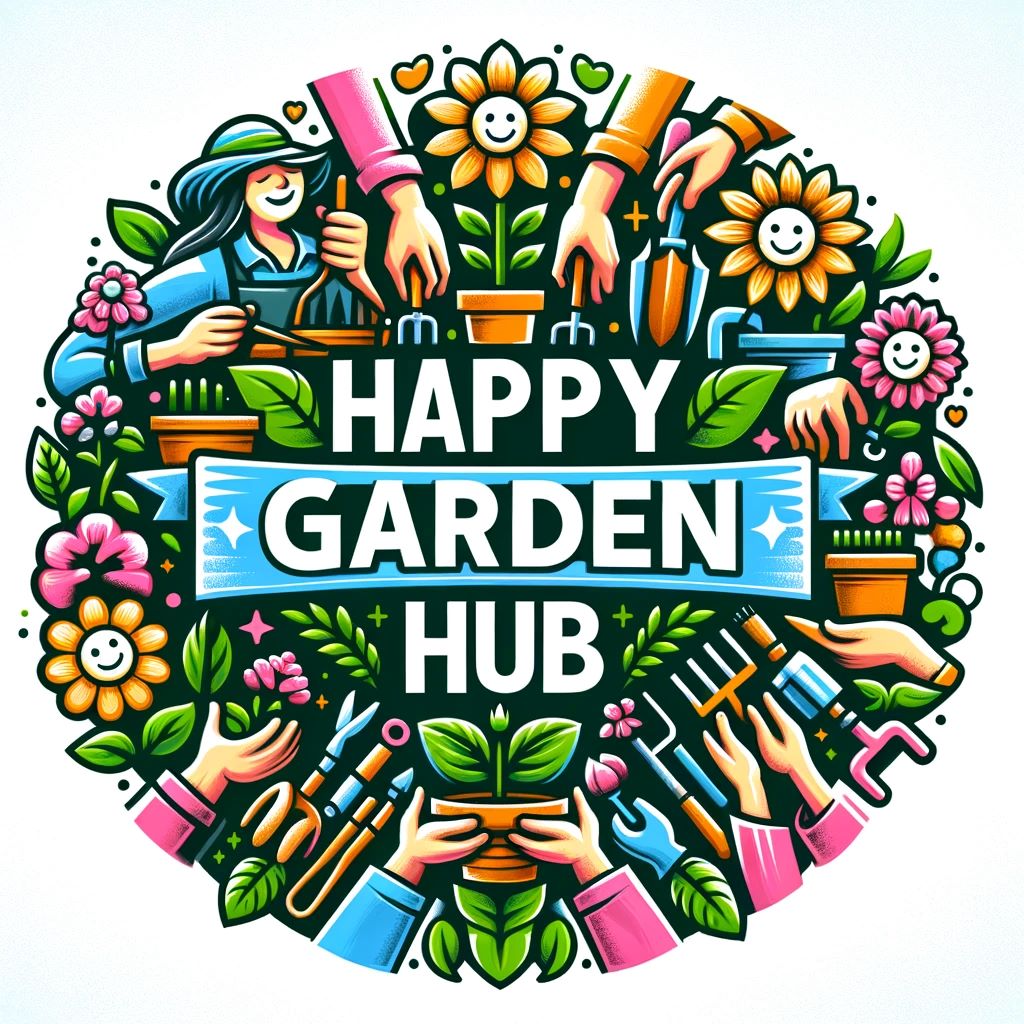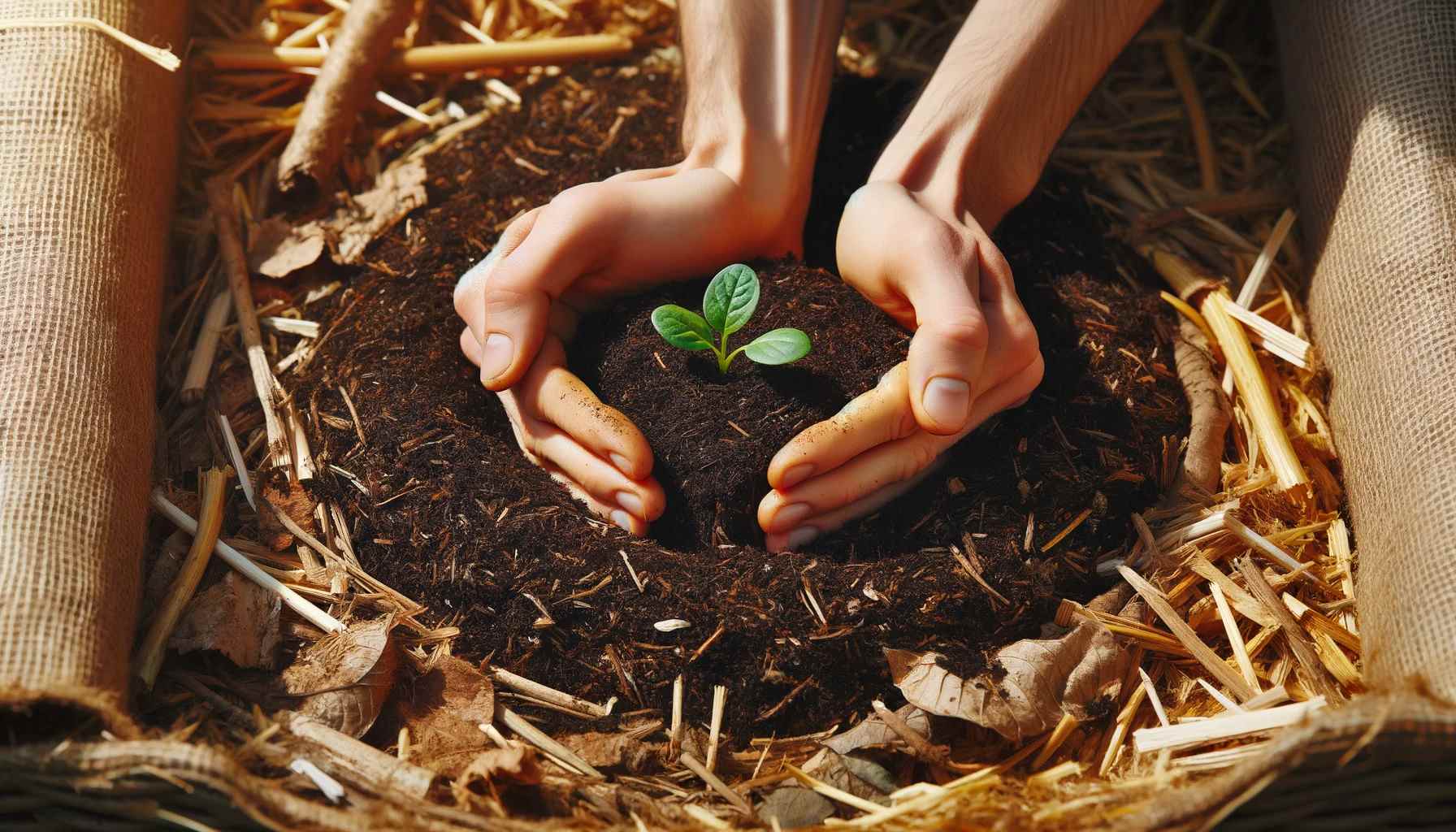This post contains affiliate links.
No-Till Gardening: A Sustainable Approach to Healthier Soil and Plants
In the world of sustainable gardening, no-till gardening stands out as a method that not only minimizes labor but also enhances soil health, supports biodiversity, and contributes to a healthier ecosystem. This approach, avoiding the traditional practice of turning the soil before planting, offers numerous benefits to both the garden and the environment. In this article, we’ll delve into what no-till gardening is, its benefits, and how you can start your own no-till garden.
What is No Till Gardening?
No-till gardening is exactly as it sounds: a method of gardening that involves no digging, no turning of the soil, and minimal soil disturbance. Instead of the traditional tilling, gardeners add layers of organic matter on top of the soil, which naturally decomposes to feed the soil and plant roots below. This method is based on the way forests and natural ecosystems build and maintain healthy soil.
Benefits of No Till Gardening
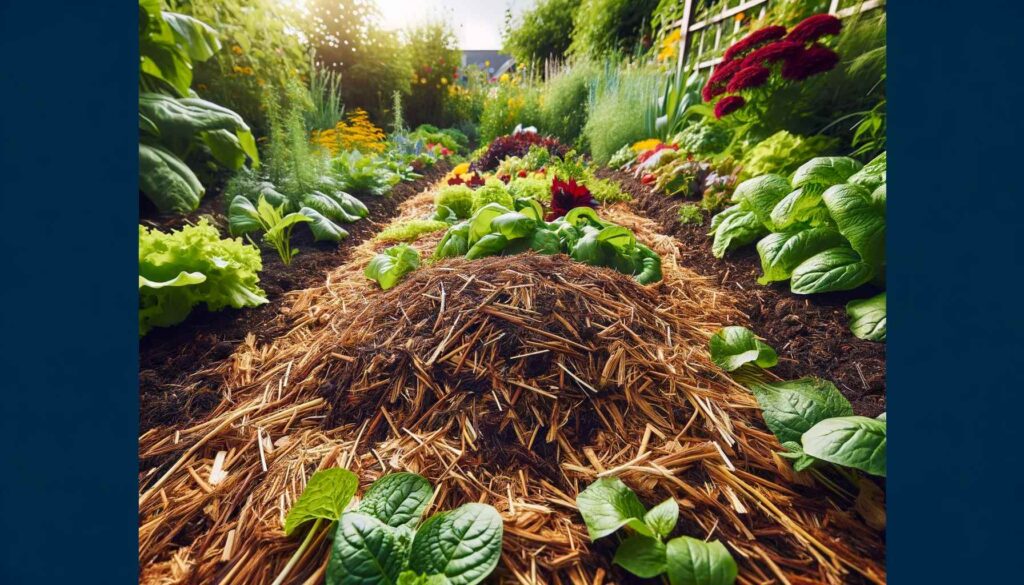
1. Improved Soil Structure: Tilling can disrupt soil structure and harm the microorganisms and earthworms that are crucial for a healthy soil ecosystem. No-till gardening maintains a stable soil structure, allowing these organisms to thrive.
2. Enhanced Water Retention: The organic matter added to the surface helps the soil retain moisture, reducing the need for frequent watering. This not only saves water but also makes plants more resilient during dry spells.
3. Reduced Weed Growth: By not turning the soil, weed seeds are less likely to come to the surface and germinate. Additionally, the mulch layer used in no-till gardens suppresses weeds that do emerge.
4. Better Soil Health: The continuous addition of organic matter increases the soil’s fertility over time. This leads to healthier plants that are better able to resist pests and diseases.
5. Carbon Sequestration: No-till gardening helps in the fight against climate change by storing more carbon in the soil. Tilling releases carbon stored in soil into the atmosphere, but no-till practices keep it locked away.
How to Start a No Till Garden
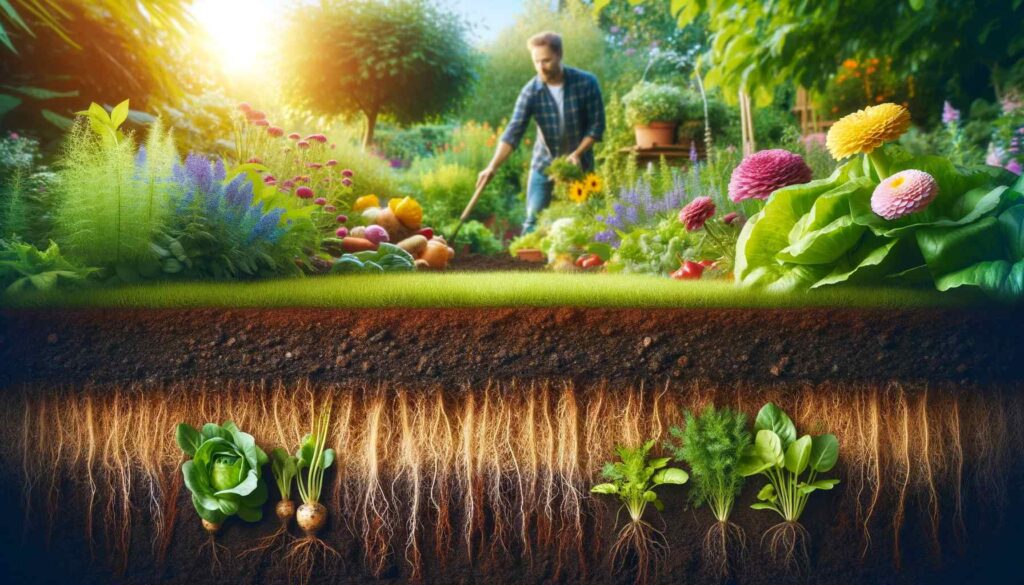
1. Choose the Right Location: Like any garden, a no-till garden starts with selecting a location that receives adequate sunlight and has access to water.
2. Lay the Groundwork: Begin with a layer of cardboard or newspaper over the area to suppress existing weeds or grass. Wet this layer thoroughly to start the decomposition process.
3. Build Your Layers: Add a thick layer of compost, followed by layers of organic material such as straw, grass clippings, or leaves. These layers will decompose over time, enriching the soil beneath.
4. Plant Your Garden: Plant seeds or seedlings directly into the compost layer. For larger plants, make a small opening in the cardboard layer to allow roots to penetrate into the soil below.
5. Maintain Your Garden: Add more organic matter as needed to feed the soil and suppress weeds. Water as necessary, and enjoy watching your garden thrive with minimal disturbance.
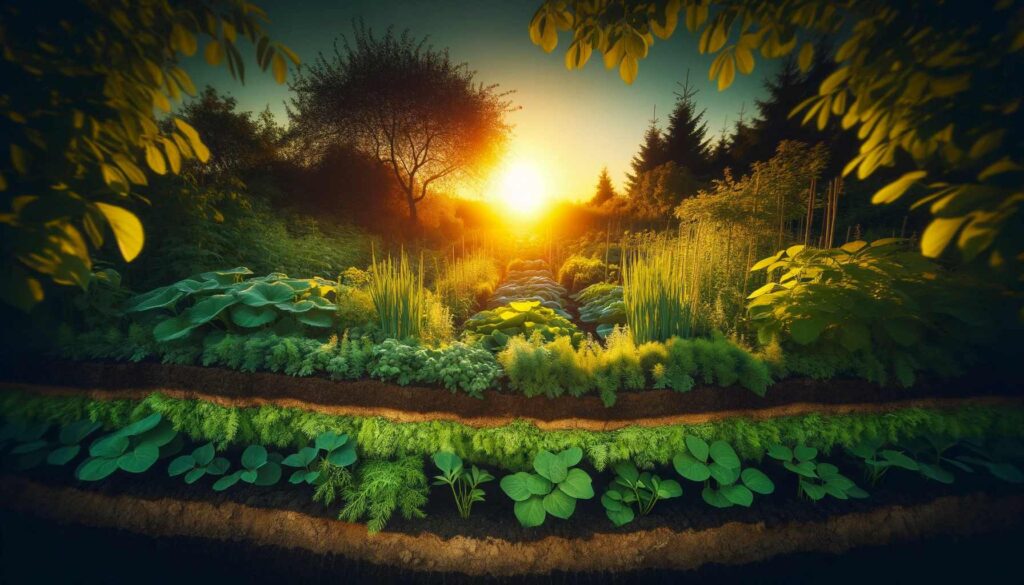
Conclusion
No till gardening is a rewarding practice that aligns with the principles of permaculture and sustainable agriculture. By adopting this approach, gardeners can enjoy bountiful harvests, vibrant gardens, and the knowledge that they are contributing to a healthier planet. Whether you’re a seasoned gardener or a beginner, no-till gardening is a simple and effective way to cultivate plants and nurture the environment. Start your no-till garden today and witness the transformation in your garden’s health and productivity.
This post contains affiliate links.
